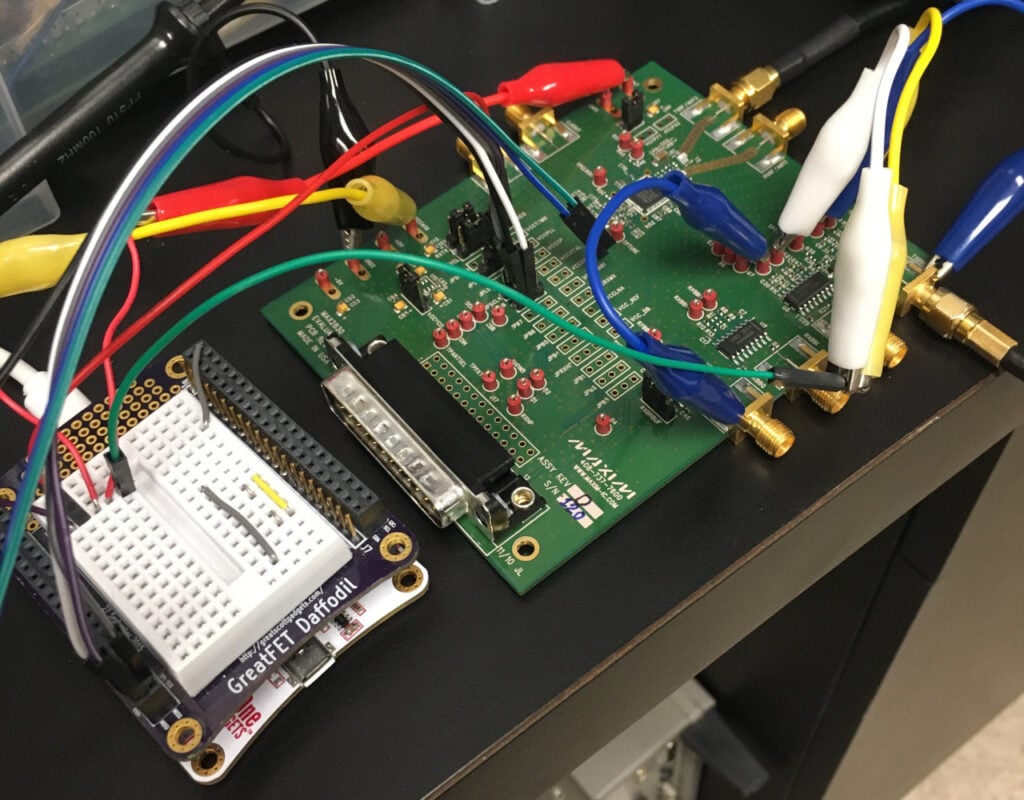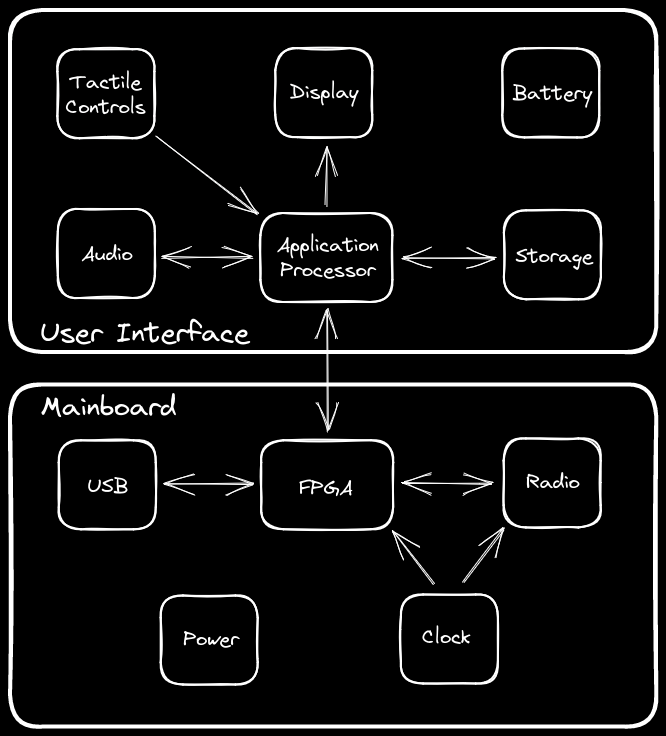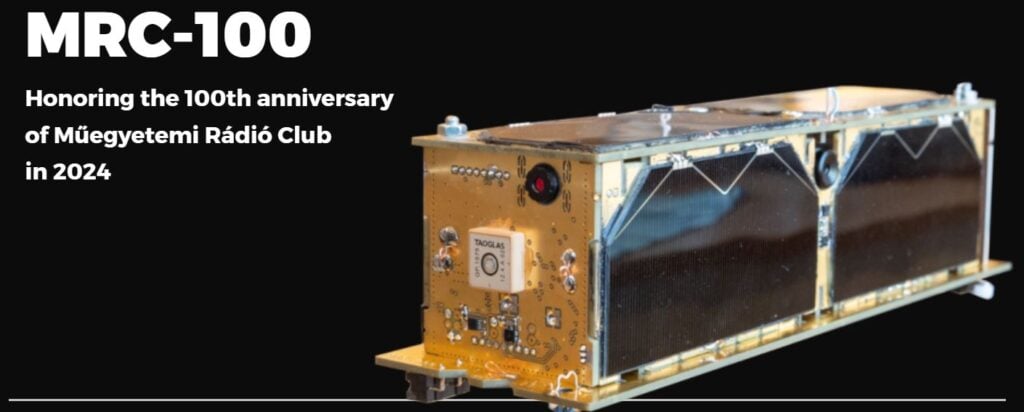A few days ago we posted a YouTube video by Peter Fairlie which shows him using a Flipper Zero to turn a smart meter on and off, eventually causing the smart meter to destroy itself by releasing the magic smoke.
The video has rightly gone viral as this could have serious implications for the security of the residential electricity infrastructure in America. However there has however been some skepticism from smart meter hacking expert "Hash", and over on his YouTube channel RECESSIM he has talked about his suspicions in his latest Reverse Engineering News episode.
In Peters video the description reads "Flipper Zero's attack on a new meter location results in the sudden destruction of the Smart Meter. Something clearly overloaded and caused the meter to self destruct. This might have been caused by switching the meter off and on under a heavy load.", and so it appears he is talking about Flipper Zero directly controlling a smart meter service disconnect feature wirelessly via some sort of RF interface.
However, Hash is an expert in hacking smart meters having done many experiments and videos on his channel about the topic. He raises suspicion on this video with the biggest point being that the Ameren meter brand and model number featured in the video actually does not have any ability to be switched on and off wirelessly. Hash instead believes that the smart meter may instead be connected to a custom wireless relay system created by Peter which is not shown in the video.
Secondly, Hash was able to track down Peters address via GPS coordinates Peter accidentally released in another video. This shows him in Ontario, Canada, outside of the Ameren meter service area, which is for Illinois and Missouri only. Hash speculates that the Ameren meter was purchased on eBay for his experiments.
So while the meter breaking and smoking may be real, other Ameren meters should be safe as the only reason it was able to be controlled wirelessly and insecurely was due to it being connected to a custom wireless relay system.
It's not clear if Peter set out to purposely mislead to gain notoriety, or if its simply an experiment that he did not explain very well. Peters YouTube channel is full of other legitimate looking Flipper Zero and RF hacking videos so it's possible that it's just a case of Peter not explaining the full experiment that he was doing correctly.
(In the video below Hash talks about the Flipper Zero Meter story at timestamp 4:31)





